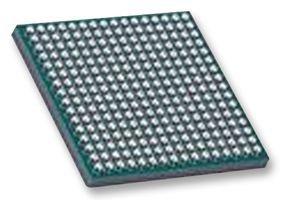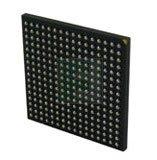XCF16FG48 ECAD Model
XCF16FG48 Attributes
| Type | Description | Select |
|---|
XCF16FG48 Overview
The XCF16FG48 chip model is a high-performance, low-power, and cost-effective solution for digital signal processing, embedded processing, and image processing. It is designed to support a wide range of applications, such as machine learning, artificial intelligence, and robotics. The XCF16FG48 chip model is also designed to use the HDL language, which is becoming increasingly popular in the industry.
The XCF16FG48 chip model offers a number of advantages over other chip models. It is designed to provide high performance, low power consumption, and cost-effectiveness. It is also designed to be easy to use and to support a wide range of applications. Additionally, the XCF16FG48 chip model is designed to support the HDL language, which is becoming increasingly popular in the industry.
The demand for the XCF16FG48 chip model is expected to increase in the future as more and more applications require high performance, low power consumption, and cost-effectiveness. Additionally, the demand for the XCF16FG48 chip model is expected to increase as the HDL language becomes more popular in the industry.
The XCF16FG48 chip model can be used in a variety of network applications, as well as in intelligent scenarios. It can be used in machine learning, artificial intelligence, and robotics applications. Additionally, the XCF16FG48 chip model can be used in the era of fully intelligent systems, as it is designed to provide high performance, low power consumption, and cost-effectiveness.
Overall, the XCF16FG48 chip model is a high-performance, low-power, and cost-effective solution for digital signal processing, embedded processing, and image processing. It is designed to support a wide range of applications, such as machine learning, artificial intelligence, and robotics. Additionally, the XCF16FG48 chip model is designed to use the HDL language, which is becoming increasingly popular in the industry. The demand for the XCF16FG48 chip model is expected to increase in the future, and it can be used in a variety of network applications, as well as in intelligent scenarios. It can also be used in the era of fully intelligent systems, as it is designed to provide high performance, low power consumption, and cost-effectiveness.



